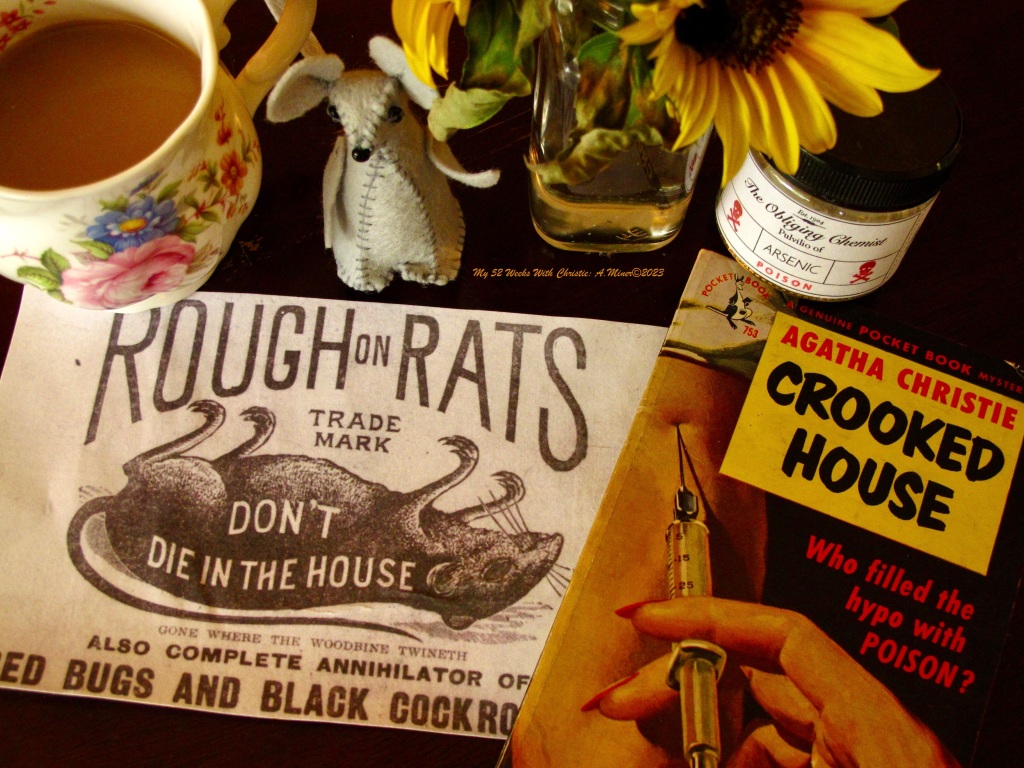
“A jealous hate is different—that rises out of affection and frustration…..I think people more often kill those they love than those they hate. Possibly because only the people you love can really make life unendurable to you.” (Pg. 113)
This Crooked House quote references the real-life case of Constance Kent. Who, at the age of sixteen, took her nearly four-year-old half-brother Francis to the outhouse in the middle of the night and slit his throat….Not because she didn’t love him, but on account of her father — who experts suspect shifted all his affections from the children of his first marriage (Constance) to those of his second (Francis). This changeover provided ample food for the green-eyed monster within Constance to feed upon until that fateful June night when she finally lashed out in revenge. Whilst this is a vast simplification of the circumstances leading to Constance Kent’s penultimate act, it gives you an idea of the point Charles Hayward’s father was trying to make about ‘jealous hate’.
Interestingly enough, if you make a ven diagram with Constance Kent’s motives (jealous hate & revenge) in one circle and Crooked House’s black hat Josephine Leonides’ in another (the puerile rage at being denied ballet lessons) — you’d discover within the overlapping area the alleged crimes of Gertrude Taylor.
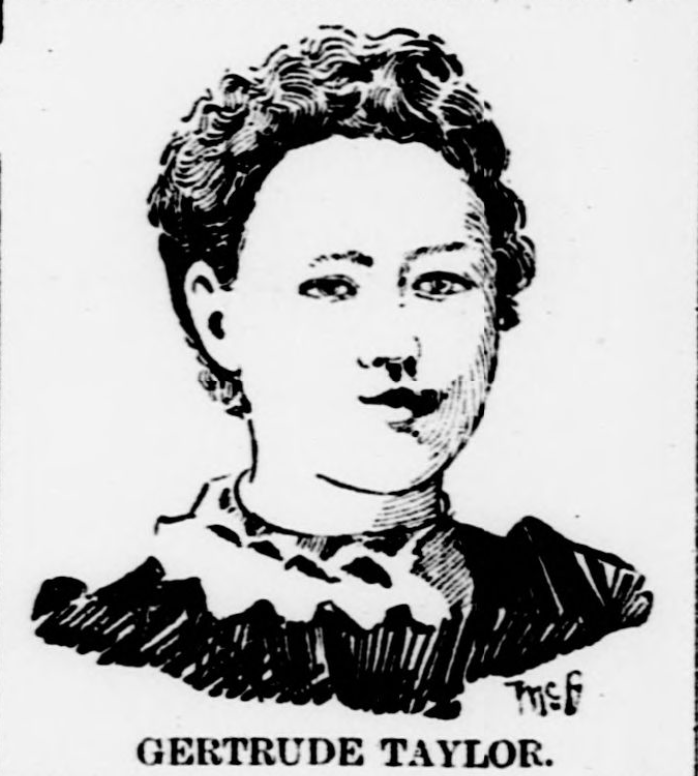
Gertrude Taylor (13 yrs) sat smack dab in the middle of Dillon Taylor and his wife Sarah’s brood with two older brothers (24 & 15), one younger brother (11), and a younger sister (4). Between her whipsmart brain, good looks, and status as the eldest daughter — Gertrude was the apple of her father’s eye.
Then came October 1895.
Gertrude’s eldest brother, Robert, married Laura Varnes. Following their nuptials, the newlyweds settled into Robert’s parent’s household — a circumstance everyone knew was temporary as Dillon promised to build them a house somewhere on his farm the next spring. As one of the largest landholders in Craig, Missouri, as well as one of its most prominent families, Dillon and his wife had more than enough space and money to give the couple such a generous gift.
No big deal…Except…In Gertrude’s eyes, her status as eldest daughter eroded to a certain extent with the addition of Laura to the Taylor family tree. Reading between the lines, it appears Dillon went out of his way to ensure Laura felt welcome, probably hoping it would smooth her transition into his household and into marriage with his son. Knowing his Gertrude enjoyed receiving gifts, Dillon employed a similar tack with Laura, and one afternoon, when in town together, he purchased both her and Gertrude new capes. An occasion Dillon apparently thought nothing of, yet bred resentment in Gertrude — who did not enjoy sharing the spotlight with her new sister-in-law.
Compounding Gertrude’s rapidly souring situation, at some point between October 1895 and February 1896, Dillon gifted the family’s upright organ to Robert and Laura. Not wanting her sister-in-law to take the instrument away when she moved house, Gertrude begged her father to change his mind — she even threatened to leave home and live with her Aunt should the continue to “be mean to her”.
Yet, Dillon remained steadfast in his decision.
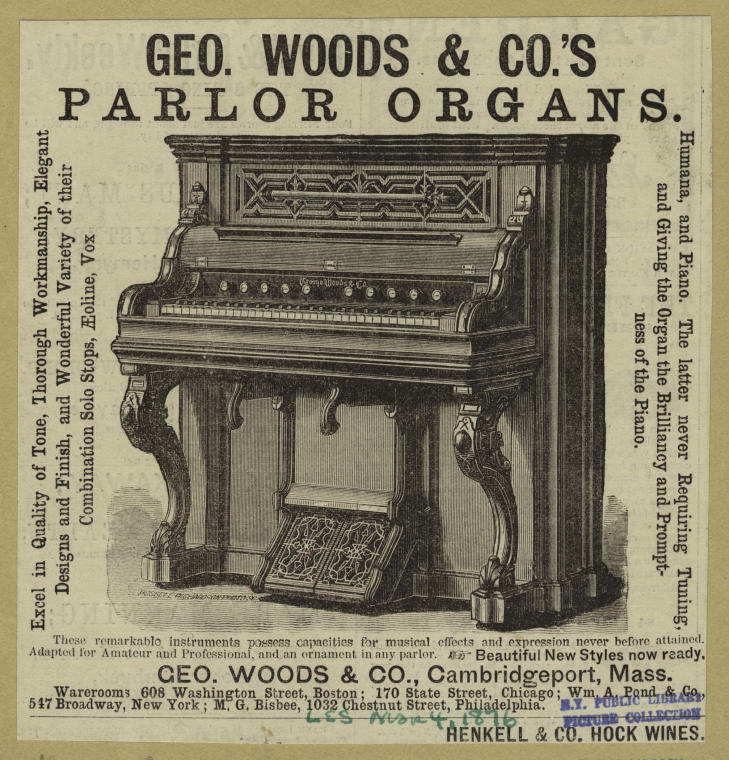
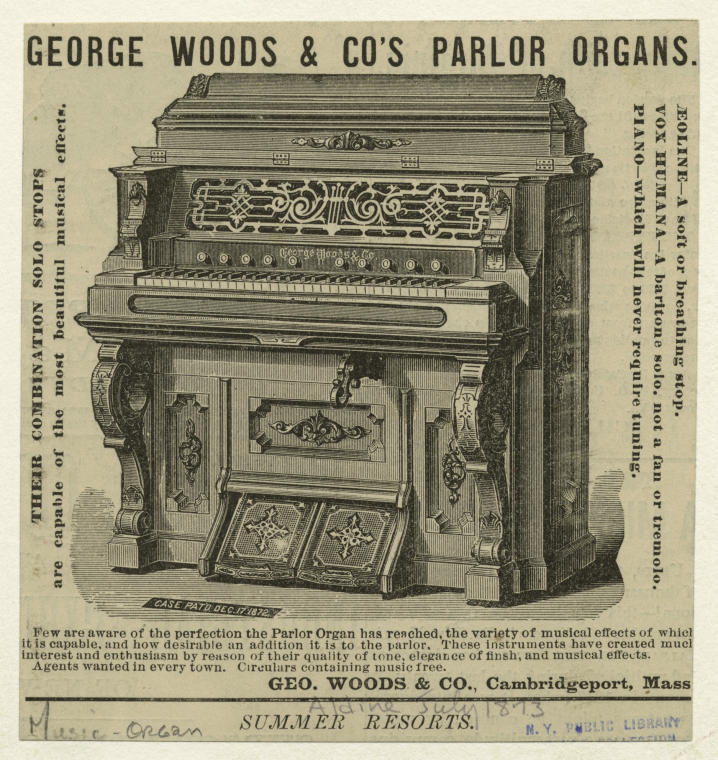
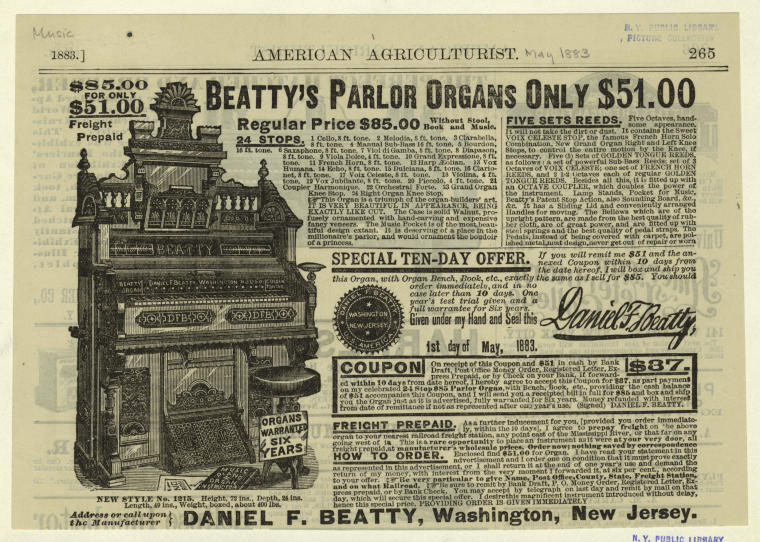
I don’t know what kind of organ the family spat was over — but these adverts were for upright organs from around the era.
(It’s unclear if either Gertrude or Laura played the instrument. However, according to reports, Dillon usually gave Gertrude whatever she wanted. And his refusal to relent in this particular instance make me suspect Gertrude enjoyed noodling around on the instrument whilst her sister-in-law knew how to play it properly.)
Unsurprisingly, her father’s failure to yield solidified Gertrude’s growing belief that Dillon now favored Laura above herself. A situation that would hurt anyone, but for a thirteen-year-old — it would feel unbearably unfair.
Though the exact straw broke the proverbial camel’s back remains a mystery, we know events came to a head on March 10, 1896.
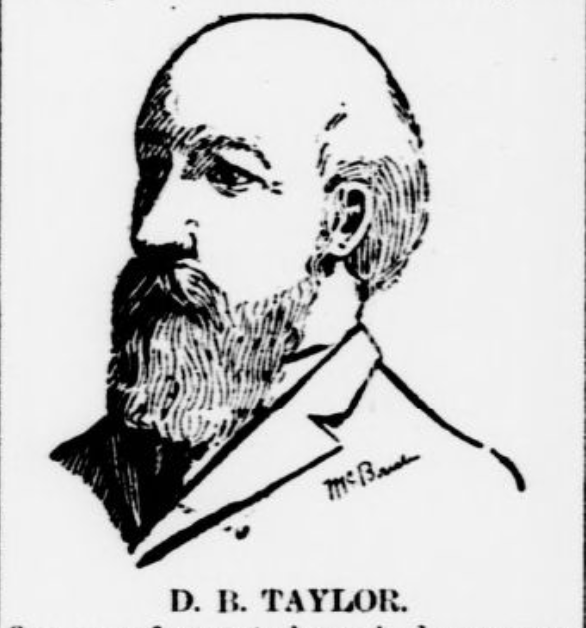
That evening at the supper table, Sarah worked her way around the two tables (one for the adults and the other for the kids — the latter of which Gertrude sat at), pouring coffee into everyone’s cup. Noting the unusual aroma wafting from the pot, Sarah commented on it, and everyone agreed with her assessment. Then, of course, the entire party took a sip and discovered the liquid tasted unusually bitter as well. Chalking up the odd taste to the grinder not being adequately cleaned after milling peppercorns — everyone continued consuming the coffee….until it began burning their throats.
Within minutes, everyone started feeling massively ill.
Suspecting his family had been poisoned en masse, Dillon asked his dinner guest, Tyler Cristman, to fetch a doctor. (As Tyler had drank milk with dinner and only sipped the coffee when everyone started complaining about it, the gut-wrenching sickness afflicting everyone else took longer to present itself in him.) By the time he returned with Dr. Kaltenbach in tow, the entire Taylor family was crippled with stomach cramps, nausea, and vomiting. After hearing about the strange tasting coffee, Dr. Kaltenbach agreed with Dillon’s theory and deduced they were suffering from acute arsenic poisoning.
The good doctor also noticed one member of the ill-fated dinner party who failed to show a single sign of sickness — Gertrude. Seems she’d eschewed the coffee, in favor of a glass of water on this particular evening.
This observation and explanation set wheels into motion.
Not willing to take any chances with a potential poisoner in the house, Dr. Kaltenbach not only secured the aid of a couple of other local doctors (allowing for better care whilst adding extra sets of eyes), he barred nearly everyone from visiting the afflicted (including Gertrude and the majority of the extended family). Dr. Kaltenbach even went so far as to lock the sickroom’s doors.
Sadly, despite his best efforts, Dillon died less than twenty-four-hours later.
My 52 Weeks With Christie: A.Miner©2023